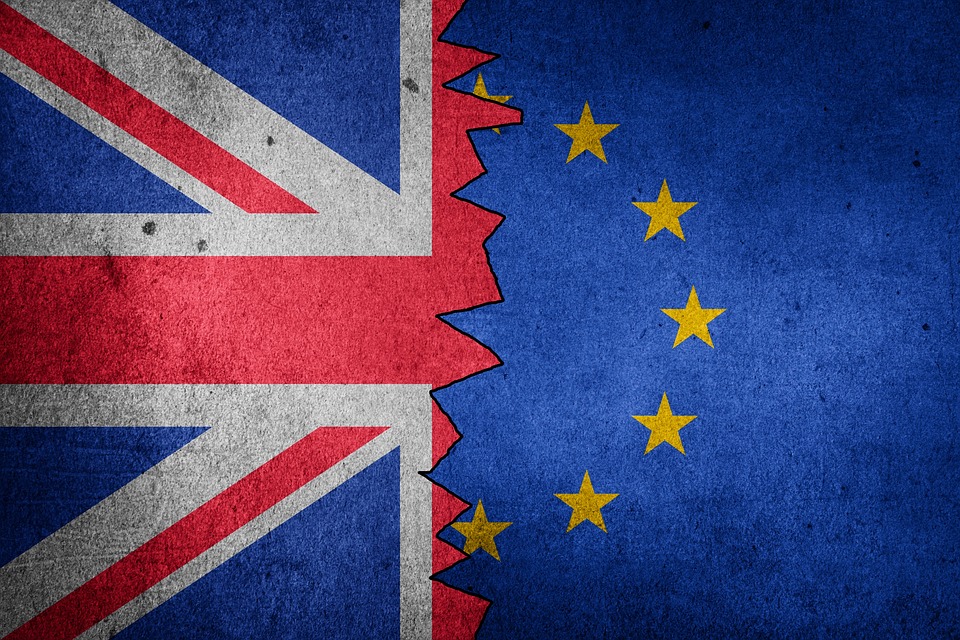Key Sectors: all
Key Risks: political instability; elections; trade disruptions
On 22 October, parliament voted to support Prime Minister Boris Johnson’s Brexit withdrawal deal in principle by 329 to 299, the first time a majority has backed any form of Brexit deal. Support for the deal was nonetheless soft and minutes later parliament rejected a so called ‘programme motion’ a move that effectively forced a further delay to Brexit beyond the 31 October deadline. The European Union (EU) will likely agree to parliament’s request and grant the United Kingdom (UK) a Brexit extension until 31 January 2020, although opposition from French President Emmanuel Macron could result in a shorter extension.
Johnson’s Brexit withdrawal deal differs from former prime minister Theresa May’s by effectively replacing a UK backstop – designed to prevent a hard border on the island of Ireland – with a Northern Ireland-only backstop. Under the terms of the deal, Northern Ireland remains part of British customs territory but will share a de facto customs border with the rest of the UK. The Northern Irish Assembly could terminate the arrangement after four years, although voting rules and the assembly’s composition makes this unlikely.
The entire ruling Conservative Party supported Johnson’s deal, a political achievement given that internal divides led to May’s withdrawal agreement being voted down three times. However, Conservatives are now a minority meaning that their ability to push through this deal without amendments requires external support. Opposition to the new deal comes from three main sources. Firstly, remain-leaning parties – including the SNP and Liberal Democrats –oppose any form of Brexit. So while Johnson’s agreement may avoid an immediate no-deal Brexit, the likely result is a substantial downgrade on current single-market rules. Secondly, Jeremy Corbyn’s Labour Party looks reluctant to give Johnson a win, although the party is split over the merits of Brexit – a small set of Labour MPs are likely to back the deal near to its current form. Third, Democratic Unionists (DUP), which previously supported the government, have come out strongly against the agreement, saying it erodes Northern Ireland’s position in the UK.
There are two likely scenarios for what follows. Johnson could attempt to pass the deal and leave the EU by year end. Potential compromises – including allowing parliament to decide to extend the transition period– may give him enough support to ensure that the bill eventually passes. The risk is that passing the withdrawal bill could be delayed or amended, losing him the support of the majority of the Conservative Party. A short extension by the EU could allow Johnson the leverage he needs to pass his deal.
Alternatively, Johnson could attempt to call a general election. With the Conservatives leading the polls, he could expect to win a majority sufficient to pass the withdrawal agreement without any major revisions. Even if a withdrawal agreement is passed, it is only the first step in defining the UK’s future relationship with the EU. Months if not years of negotiations over trade are to come – which ensures that the Brexit debate continues. A parliamentary majority would increase Johnson’s ability to negotiate a free trade agreement with the EU during the transition period and get it through parliament. Yet an election is risky and practically requires the support of the Labour Party. Labour have vacillated on its willingness for a general election – although they may be willing to do so once a Brexit extension is secured.



